Interesting facts about Austria Part 1

Hi ya‘ll, There may come a time during your stay when your friends and host families ask you – „So, what is Austria actually famous for?“ Of course there’s Schnitzel. And skiing. And Dirndl and Lederhosen. But there’s so much more you can tell them. Here’s a selection of fun and interesting facts about Austria:
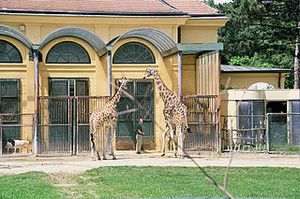
In 1552, a Habsburg prince brought an elephant from Spain back to Vienna, but it died in the cold climate shortly thereafter. In spite of the mishap with the elephant, Vienna is home to the world's oldest zoo, the Tiergarten Schönbrunn. The only reminder of its existence is a chair made out of its bones, which is kept at Kremsmünster Monastery.

About half of Austrian men are overweight (50.8%, the highest rate in the EU), but only 8.6% of them are obese (4th lowest in the EU-27). In contrast only 20.3% of Austrian women are overweight (lowest rate in the 27 member states), including 8.6% who are obese (also the lowest rate EU wide).
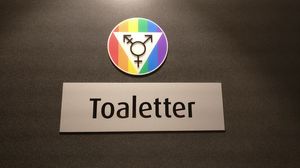
Ever since the end of the world wars, Austria has sworn itself to a position of permanent neutrality, so, although it is part of the European Union, it is not a member of NATO.
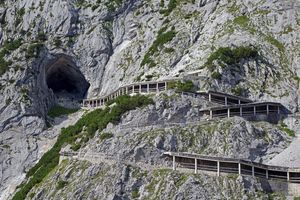
The Eisriesenwelt, German for "World of the Ice Giants" located in Werfen, Austria is the largest ice cave in the world.
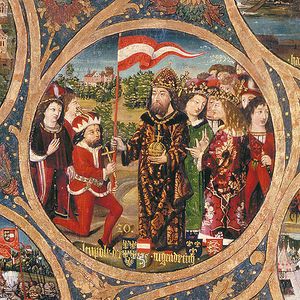
Its flag is one of the oldest in the world; legend has it that in 1191, Duke Leopold V got blood splattered on his tunic during battle. When he removed his sash a white band was revealed.
When artist Edwin Lipburger got into a dispute with authorities over building permits for his spherical house, he decided to declare independence from Austria. His new country was called the Republic of Kugelmugel (Ball Hill). Authorities, however, moved his house to Prater Park in downtown Vienna and surrounded it with barbed wire. When Edwin refused to pay taxes to Austria, only a presidential pardon saved him from jail. Today, Kugelmugel still stands as a tourist attraction.
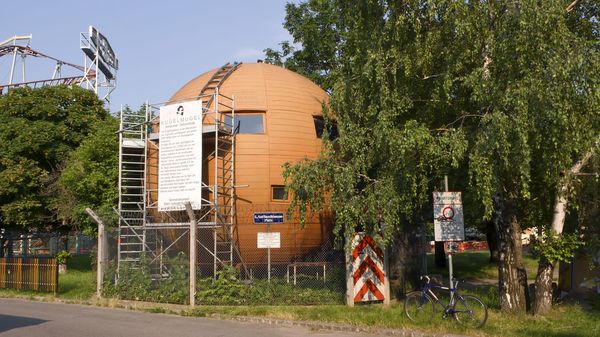
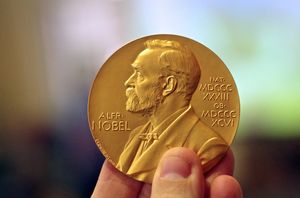
After Luxembourg, Switzerland, and the Scandinavian countries, Austria has the highest number of Nobel Prize winners per capita (19 total). Austro-Hungarian Baroness Bertha von Suttner was the first woman to win the Nobel Peace Prize in 1905.
St. Peter Stiftskeller is the oldest still-operating inn/restaurant in the world. It opened in 803 AD. That's more than 1200 years ago!

When a Wiener (Viennese person) says “Er hat den 71er genommen” (“He’s taken the 71”), they are metaphorically referring to “the end of the line” or the Zentralfriedhof Cemetery, which has made the tram line 71 a euphemism for death. The Zentralfriedhof is one of Europe’s largest cemeteries. Beethoven, Brahms, Johann Strauss Sr. and Jr., Schubert, and 1980s pop icon Falco are all buried there. Mozart also has a monument in the cemetery, but he is buried in an unmarked grave in St. Marxer Friedhof (St. Mark’s Cemetery). The central cemetery in Vienna has over 2.5 million graves. That is more than the city's living population! Death in Austria is big business, and the Austrian funeral industry is said to be largest per capita in Europe. Austrians plan quite openly for their eventual demise, discussing reserving burial plots, designing headstones, and joining Sterbeverein (“Death Association”) that ensures someone eventually shows up and pays the final bill. Coming back from an Austrian funeral, one is sure to hear that there was ein schöne Leiche (“a beautiful corpse”).